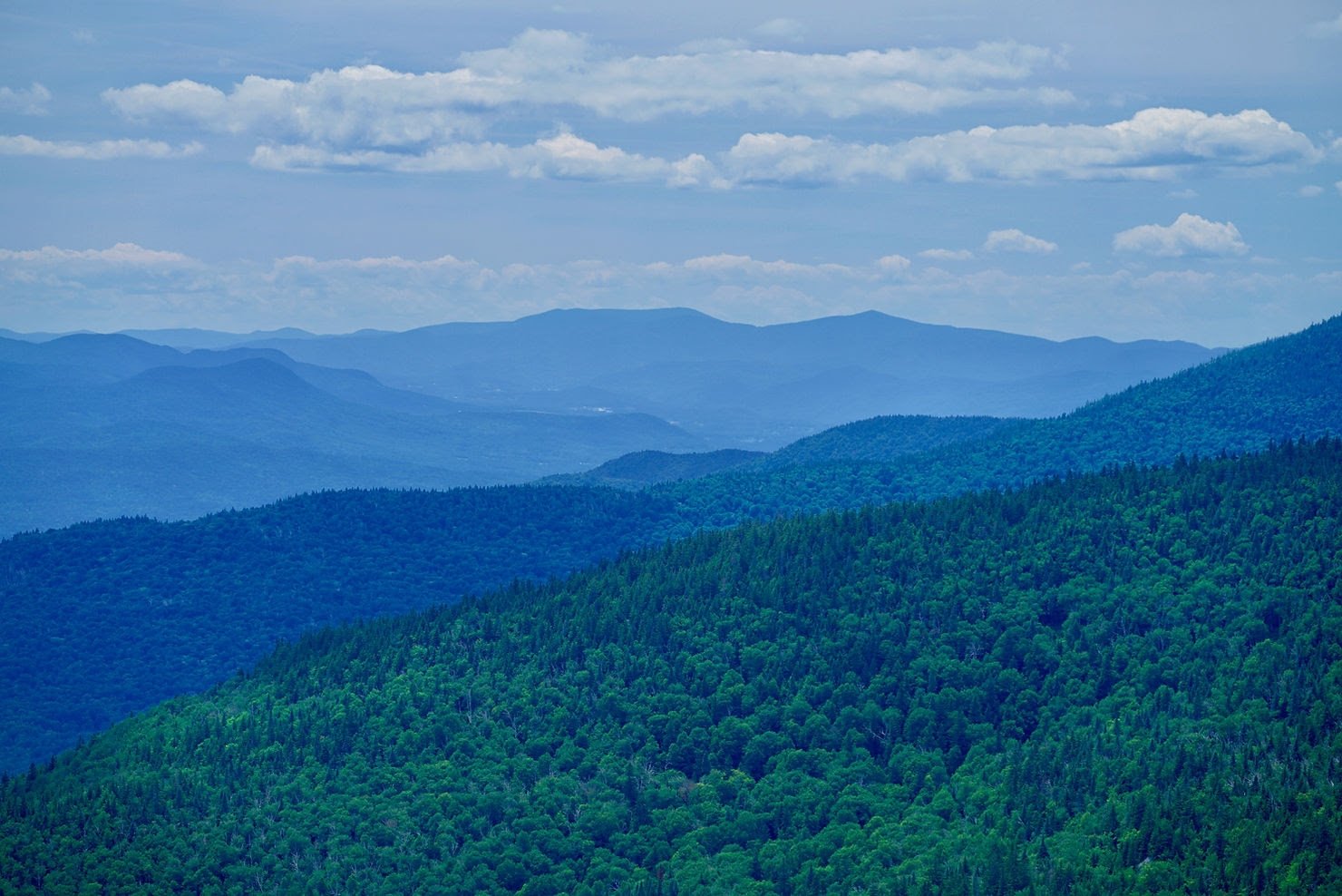COMMENTARY: State’s new Worcester Range plan halts a century of forest recovery
October 3, 2024 | By Zack Porter The unbroken, mature forests of the Worcester Range stretch across 16,000 contiguous acres, making it the largest block of (presently) wild public land in northern Vermont. A new state plan puts half of this area on a path to future logging. Photo courtesy of Standing Trees
In the face of repeated floods, dwindling habitat for imperiled species, and a worsening water quality crisis in Lake Champlain, the Vermont Agency of Natural Resources has released a management plan for the Worcester Range Management Unit that endangers downstream communities and habitat for brook trout, bats, and other species on the brink.
On Sept. 30, the Vermont Agency of Natural Resources released a final Worcester Range plan for treasured Vermont public lands like CC Putnam State Forest and Elmore State Park.
Despite significant public outcry, two years of extreme flooding, and evidence of legal violations, the final plan remains largely unchanged from previous versions. It makes half of the Worcester Range Management Unit – including most lower-elevation forests and half of beloved Elmore State Park – open to future timber harvest.
Although planning for the Worcester Range has been on hold for decades, the agency appeared to rush the Worcester Range plan to completion this year before legislatively mandated state land rulemaking goes into effect, and before the finalization of Vermont's Act 59 conservation planning process in 2025, both of which could have altered the outcome.
Over the past century, Vermont's Worcester Range benefited from a textbook case of accidental rewilding and benign neglect. Unlike heavily logged private lands nearby, the CC Putnam State Forest and Elmore State Park are islands of biodiversity and reservoirs of clean, cold water. The state notes in the plan that the “extensive areas of interior forest within the WRMU, particularly the higher-elevation natural communities, host few, if any, invasive plant species,” and its waters are among “Vermont’s only native trout resource which has not been significantly altered by past management practice.”
Today, this remarkable and unfinished story of forest recovery comes to a pause with a shortsighted management plan that fails to rise up to the climate and extinction crises facing Vermont. The greatest loss will be felt in the lower-elevation forests that provide critical flood protection and, as noted by the plan, “support the range of bird and mammal species that depend and even thrive on the interior forest that can’t easily be found elsewhere in the state. Examples of these include Scarlet Tanager, Northern Goshawk, and perhaps even [the state endangered] Pine Marten.”
Vermonters concerned about flooding and water quality will be shocked to learn that hundreds of acres of land that were recently acquired using Lake Champlain clean water funding – in what was called the Hunger Mountain Headwaters Project – will be logged in three timber sales, the first of which could begin in early 2025.
The Worcester Range planning process was a golden opportunity for the Vermont Agency of Natural Resources to shift its management into the modern era, protecting what could have been Vermont's single largest state-managed wildland for the benefit of present and future generations and our other-than-human kin.
Vermont deserves bold, visionary leadership that responds to the flooding, water quality, and biodiversity crises facing our state and region. The final Worcester Range plan fails to deliver, but the campaign to protect this important landscape is far from over. Standing Trees will continue to work with partners to ensure permanent protection for the Wild Worcester Range, Camel's Hump, and other lands owned in common by all Vermonters.
Zack Porter is the executive director of Standing Trees, a grassroots membership organization that works to protect and restore Vermont and New England’s forests for the benefit of the climate, clean water, and biodiversity.

